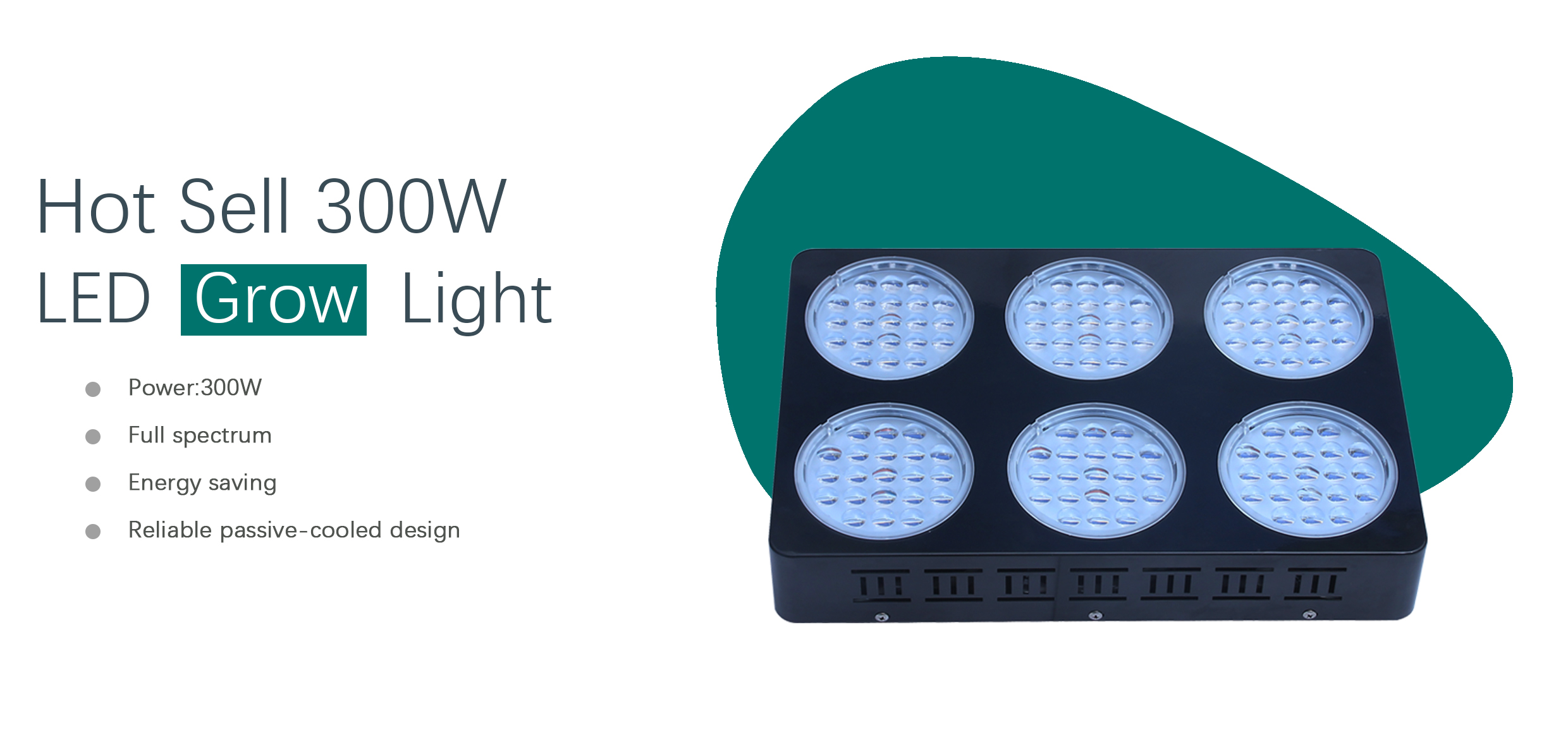Camera low light concept People in the industry emphasized that how low the illuminance can be depends not only on the aperture size (F value) of the lens, but also on the conditions under which the marked LUX value can appear, otherwise it is just a digital game! In terms of aperture size (F value), the larger the aperture, the smaller the F value it represents and the lower the illuminance required. In addition, has the electronic sensitivity (ELECTRONIC, SENSITIVITY) been increased, and what is the cumulative number of frames on a single screen? Is infrared light ON or OFF? … Etc. should be understood clearly so as not to be confused by the illuminance values ​​indicated in the specifications. The evolution of low-light cameras in the Chinese market 1. The evolution of low-illumination cameras in the Chinese market is simply divided into the following three steps: daytime color / night black and white (COLOR / MONO) conversion; 1. Daytime color / black and white at night (Day and night camera COLOR / MONO) This type of camera still has its specific demand group in the market. The domestic market in the United States launched the DIS888C low-light night vision camera. In the past, night vision cameras have always been the mainstream products of this type of night vision. The minimum illuminance of the COLOR / MONO camera on the domestic market is even 0LUX. We can't help asking: "The camera is made of optical principles. How to image at 0 illuminance?" The color / mono camera during the day uses the characteristics of black and white images with high infrared sensitivity. Under certain light source conditions, the image is converted from color to black and white using line switching to facilitate the matching of infrared. In the technical evolution of color / black and white line conversion, early phases like PHILIPS (Philips), IKEGAMI (Ikegami), and Japanese JVC used 2 SENSOR (1 color, 1 black and white) to share a set of circuits and then switched. The type of camera has adopted a single CCD (color) design. It is a color camera in the daytime or when the light source is sufficient. When the night comes or the light source is insufficient (generally in 1LUX ~ 3LUX), the digital signal is eliminated by the digital circuit to become a black and white image, and In order to match the infrared, the infrared filter that is indispensable for the color camera is also removed. Although this method can achieve the purpose of "low illumination" at night, it has the disadvantages of blurred images and unnatural colors during the day, and the camera's shooting distance Will be limited by the distance of the infrared lamp. According to the manufacturer, in order to make up for this shortcoming, Japan ’s SANYO has introduced a model that uses a motor to control the opening and closing of the filter (that is, with the switching of color / black and white images, opening and closing the filter), but this model also seems to have been The market disappeared. However, whether the COLOR MONO camera is a "low-illumination" camera is still quite controversial. Experts point out that the real "low-illumination camera" should refer to the functions that can be achieved by the camera itself (the components used, the technology), and the color / The black-and-white camera at night is limited by the CCD sensitivity, and it cannot be changed by itself. It only uses line switching and infrared light to enhance the function. It cannot be regarded as a low-light camera. 2. Low-speed shutter (SLOW / SHUTTER) This type of camera is also called (screen) accumulation type camera. It is a technology that uses computer memory to continuously accumulate several more blurry pictures due to insufficient light to form a clear picture. The SLOW SHUTTER technology is used to reduce the camera The illuminance is 0.008LUX / F1.2 (× 128), and the number of frames (128 frames) that can be accumulated on the screen is a leading level even including imported brands. This type of low-light camera is suitable for museums that are prohibited from damage by red and ultraviolet rays, night biological activity observation, night military coastline monitoring, etc., and the monitoring of relatively static properties. A camera using SLOW SHUTTER technology is a true low-light camera; some people think that a standard low-light camera should refer to a (picture) cumulative camera. 3. Super-sensitivity camera (EXVIEW / HAD) Super-sensitivity camera (EXVIEW / HAD), also known as 24-hour camera, is the most popular model in the world in 1998, its color illumination can reach 0.05LUX, black-and-white can reach 0.003-0.001LUX (it can also be matched with infrared 0LUX) not only can clearly identify the image, but also a real-time continuous picture. X-Grow Led Grow Light,Full Spectrum X-Grow Led Grow Light,Popular X-Grow 300W Led Grow Light Shenzhen Mingxue Optoelectronics CO.,Ltd , https://www.led-lamp-china.com
Recently, everyone is talking about low illumination, from 0.01LUX to 0.0001LUX, what kind of low illumination camera should I choose?
2. Slow shutter speed (SLOW / SHUTTER)
3. Super-sensitivity camera (EXVIEW / HAD).
At present, this type of low-illumination camera is dominated by imported brands. Most imported brands are expensive and have a small cumulative number of frames (32 frames).
This type of camera mainly uses the EXVIEW / HAD / CCD (super-sensing CCD) introduced by SONY Component Factory, which uses patented technology to increase the aperture ratio of each pixel of the CCD, thereby meeting the requirements of lower illumination, due to the manufacture of the CCD The cost is still high, and the technical threshold for relatively finished product manufacturers to develop such cameras is also high.
EXVIEW HAD CCD + picture accumulation technology, and basically eliminate the smear phenomenon, it is estimated that it is also a leading level in terms of current global technology. Professionals believe that if EXVIEW / HAD / CCD is popularized, this type of camera will be the most prosperous surveillance camera. 